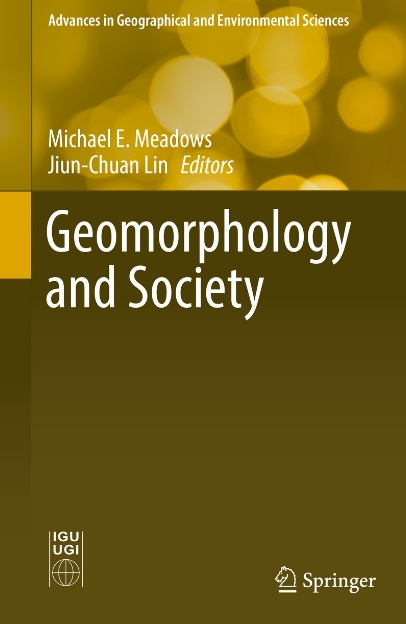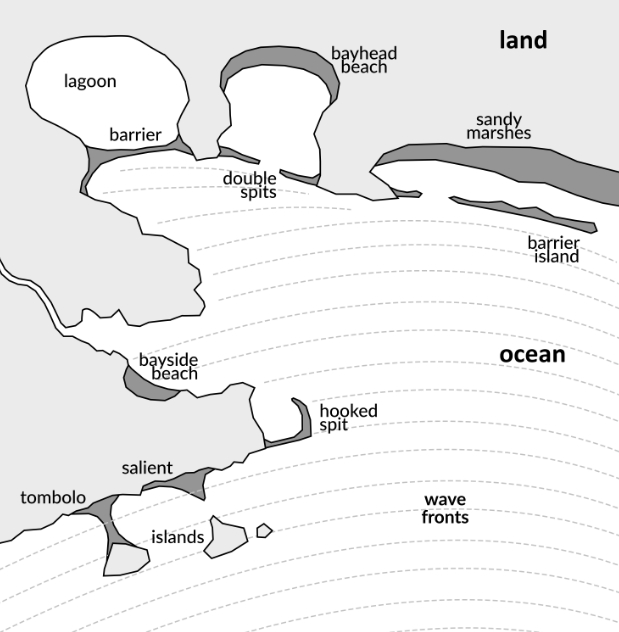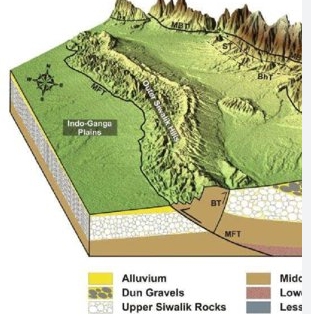applied geomorphology in environmental studies
Geomorphology is the study of the Earth’s landforms, their formation, and the processes that shape them. Understanding these processes is crucial for addressing environmental issues such as erosion, sedimentation, and land degradation. Applied geomorphology involves using this knowledge to solve real-world problems and inform policy decisions. By studying landforms and landscapes, scientists can uncover valuable […]
applied geomorphology in environmental studies Read More »










